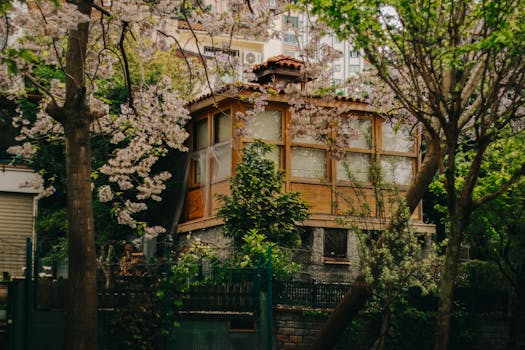
Urban Green Spaces: The Future of Outdoor Living in European Cities by 2025
Introduction to Urban Green Spaces
Urban Green Spaces are the future of outdoor living in European cities. As the world becomes increasingly urbanized, the importance of green spaces in cities cannot be overstated. These spaces provide numerous benefits, including improved air quality, reduced noise pollution, and increased opportunities for physical activity and social interaction.
The Benefits of Urban Green Spaces
Urban Green Spaces have numerous benefits for both the environment and human health. Some of the most significant advantages include:
- Improved air quality: Green spaces absorb pollutants and particulate matter, improving air quality and contributing to a healthier environment.
- Reduced noise pollution: Urban green spaces can act as a buffer against noise pollution, creating a more peaceful and tranquil atmosphere.
- Increased opportunities for physical activity: Green spaces provide areas for walking, cycling, and other physical activities, promoting a healthier and more active lifestyle.
- Improved mental health: Spending time in nature has been shown to have a positive impact on mental health, reducing stress and anxiety.
Examples of Successful Urban Green Spaces in European Cities
Several European cities have successfully implemented urban green spaces, transforming their cities into more sustainable and livable environments. Some examples include:
- Paris, France: The city’s Green Spaces Plan aims to increase green spaces by 25% by 2025, with a focus on creating accessible and inclusive areas for all citizens.
- Barcelona, Spain: The city’s Superblock program has transformed urban areas into pedestrian-friendly green spaces, reducing traffic congestion and improving air quality.
- Copenhagen, Denmark: The city’s green spaces are integrated into its urban planning, with a focus on creating sustainable and climate-resilient areas.
Challenges and Opportunities for Urban Green Spaces
While urban green spaces offer numerous benefits, there are also challenges to be addressed. Some of the most significant obstacles include:
- Funding: Implementing and maintaining urban green spaces requires significant investment, which can be a challenge for cities with limited budgets.
- Space: Finding available space for green areas can be difficult, particularly in densely populated cities.
- Community engagement: Encouraging community involvement and participation in the development and maintenance of urban green spaces is crucial for their success.
Conclusion
Urban Green Spaces are the future of outdoor living in European cities. As we look to 2025, it is essential that we prioritize the development and maintenance of these areas, recognizing their numerous benefits for both the environment and human health. By addressing the challenges and opportunities associated with urban green spaces, we can create more sustainable, livable, and thriving cities for all.






